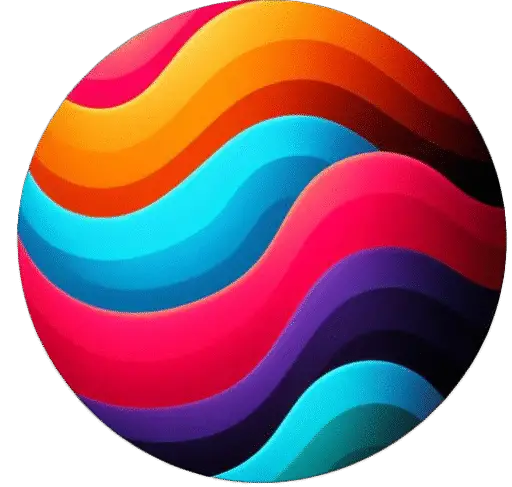B.Tech (or B.Sc.) Semester I & II Course Information
This curriculum equips you with a strong foundation in computer science and information technology principles. In the first semester, you’ll gain essential theoretical knowledge, while the second semester focuses on practical application through lab courses and a final project.
Semester I
1. Information & Technology (IT):
- Introduction to computers, hardware, software, and their applications.
- Understanding of data communication and networking concepts.
- Overview of the IT industry and its various specializations.
2. Analog & Digital Electronics:
- Principles of electronic circuits using analog and digital components.
- Analysis of electronic circuits for behavior and functionality.
- Understanding of digital logic gates and their applications.
3. Programming C:
- Introduction to computer programming concepts and methodologies.
- Learning the C programming language syntax, data types, and control flow.
- Problem-solving and algorithm development through C programming.
4. Computer Oriented Statistical Methods:
- Introduction to statistical concepts and their application in computing.
- Understanding data analysis techniques, probability, and distributions.
- Employing statistical methods for data interpretation and problem-solving.
5. Computer Organization & Architecture:
- Internal organization of a computer system, including CPU, memory, and I/O devices.
- Understanding instruction sets, addressing modes, and data processing.
- Introduction to computer architecture concepts like pipelining and caching.
6. Data Structures:
- Learning about different data structures (arrays, linked lists, stacks, queues, trees, etc.)
- Understanding how data structures store and manage data efficiently.
- Applying data structures for problem-solving and algorithm design.
7. Python:
- Introduction to Python programming language, syntax, and data types.
- Learning control flow statements, functions, and object-oriented programming basics in Python.
- Problem-solving and code development using Python.
8. IT Lab:
- Practical exercises using software tools to complement theoretical IT concepts.
- May involve project work related to networking, operating systems, or web development.
9. Analog and Digital Electronics Lab:
- Hands-on experiments to build and analyze electronic circuits using breadboards and equipment.
- Verifying circuit behavior and implementing digital logic gates.
10. Programming C Lab:
- Practical programming exercises using the C language to solidify theoretical concepts.
- Developing C programs to solve problems and implement algorithms.
11. Data Structure Lab:
- Implementing and manipulating various data structures using a programming language like C or C++.
- Experimenting with different data structures and analyzing their performance.
12. Python Lab:
- Practical programming exercises using Python to reinforce theoretical concepts.
- Developing Python programs for data manipulation, scripting, and solving problems.
Semester II
13. Discrete Mathematics:
- Introduction to mathematical concepts essential for computer science.
- Studying topics like set theory, logic, relations, functions, and graph theory.
- Applying discrete mathematics for problem-solving and algorithm analysis.
14. Business Economics and Financial Analysis:
- Fundamentals of business and economic principles relevant to the IT industry.
- Understanding financial statements, cost analysis, and decision-making in business.
- Applying business and financial concepts in the context of IT projects.
15. Operating System:
- Learning about operating system concepts like process management, memory management, and I/O management.
- Understanding different types of operating systems (Windows, Linux, etc.) and their functionalities.
16. Principle of Software Engineering:
- Introduction to software development methodologies and life cycle models.
- Understanding software design principles, coding practices, and testing strategies.
- Applying software engineering principles for efficient and reliable software development.
17. Object Oriented Programming using Java:
- Introduction to object-oriented programming (OOP) concepts like classes, objects, inheritance, and polymorphism.
- Learning the Java programming language, syntax, and OOP features.
- Developing object-oriented programs using Java for problem-solving.
18. Red Hat Linux:
- Introduction to the Red Hat Linux operating system, its features, and command line interface.
- Learning basic Linux administration tasks like user management, file management, and system configuration.
19. Web Page Development:
- Introduction to web development technologies like HTML, CSS, and JavaScript.
- Learning to create basic web pages with structure, styling, and interactivity.
- Understanding the fundamentals of web development and design principles.
20. Operating System Lab:
- Practical exercises exploring functionalities of an operating system (e.g., Windows or Linux).
- Learning to manage processes, files, and system resources through hands-on practice.
21. Java Lab:
Practical programming exercises using Java
